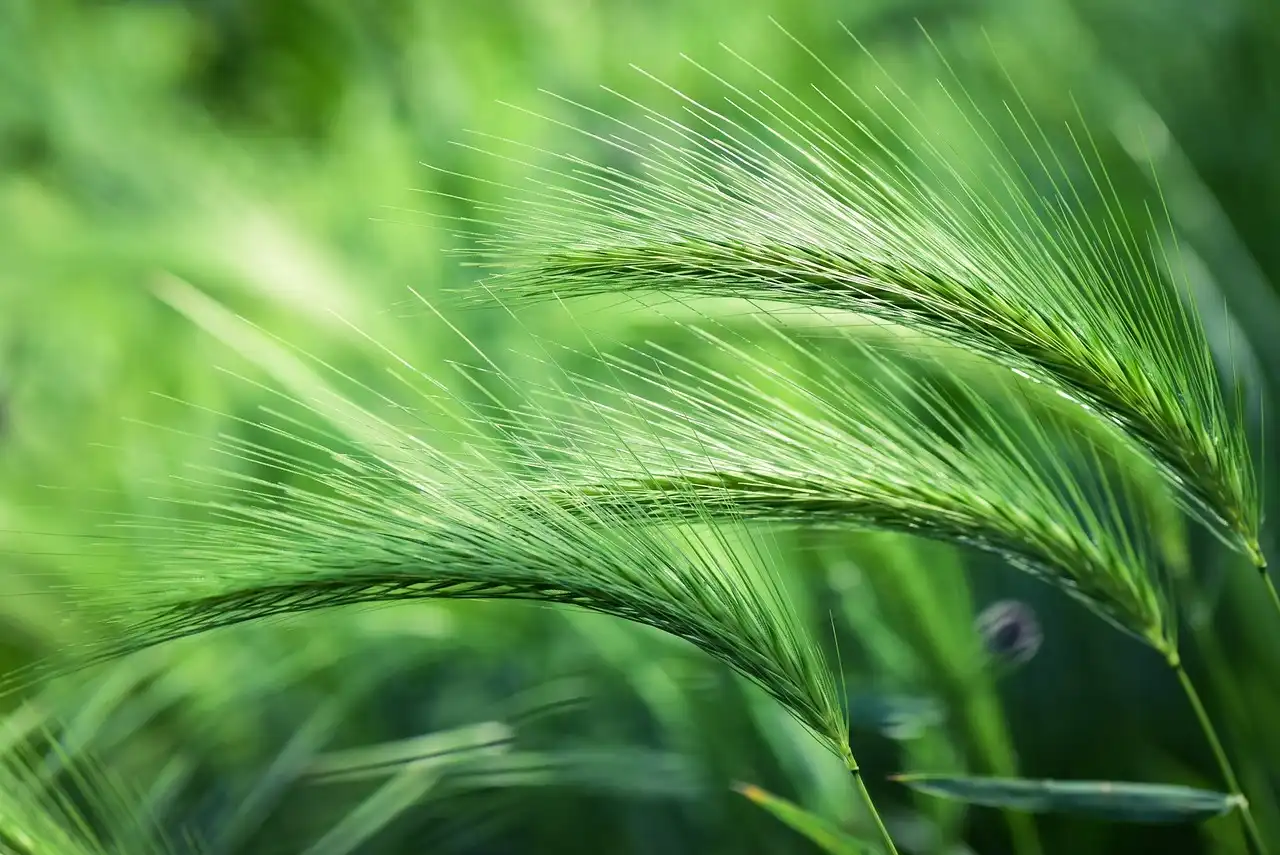
Aquaporins, which move water through membranes of plant cells, were not thought to be able to permeate sugar molecules, but researchers have observed sucrose transport in plant aquaporins for the first time, challenging this theory.

Aquaporins, which move water through membranes of plant cells, were not thought to be able to permeate sugar molecules, but researchers have observed sucrose transport in plant aquaporins for the first time, challenging this theory.
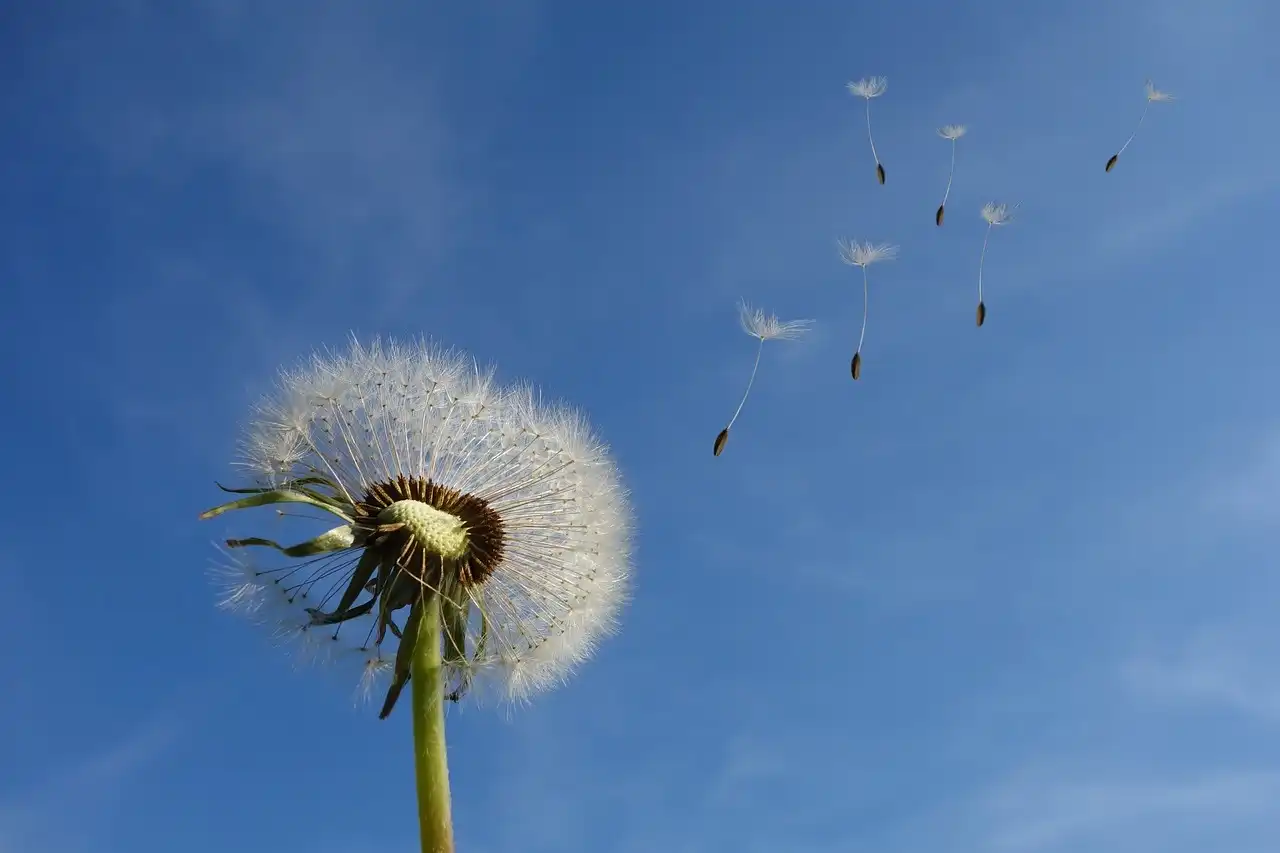
Researchers develop a model that analyzes the future survival of plants in a changing climate based on how far wind can carry a plant’s seeds.
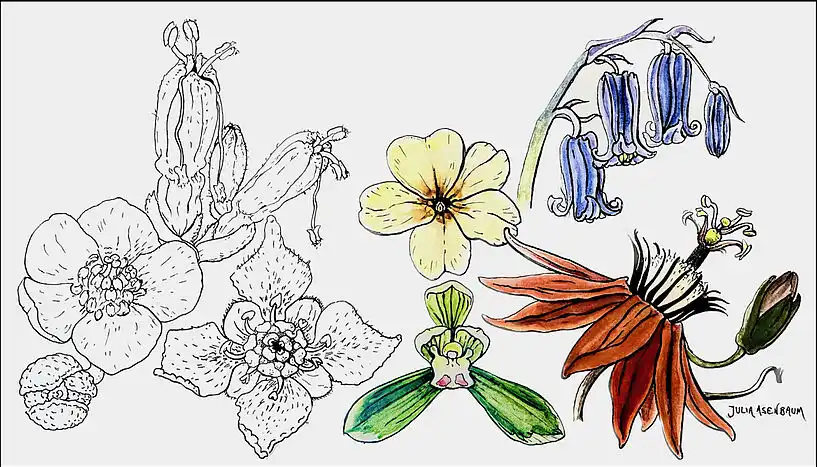
An team botanists has analyzed the morphological diversity of fossilized flowers and compared it with the diversity of living species. Their results were quite exciting: Flowering plants had already produced a large number of different flower types shortly after their emergence in the Cretaceous period, and this earliest floral diversity was greater than that today.
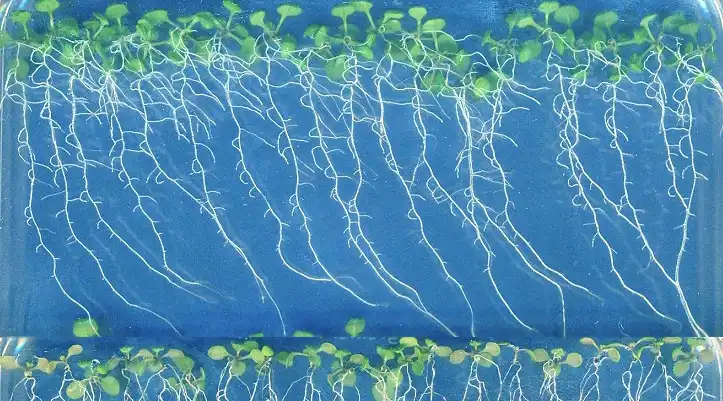
Iron is an essential micronutrient for plants and is generally found in large quantities in the Earth’s crust. However, its availability to plants is highly dependent on the pH value of the soil. When suffering from iron deficiency, certain plant species release coumarins. Which type of these small secondary metabolites is mainly released depends on the pH value of the soil. Now, a research team has shown how different coumarins are used to maximize iron uptake under acidic and alkaline conditions.
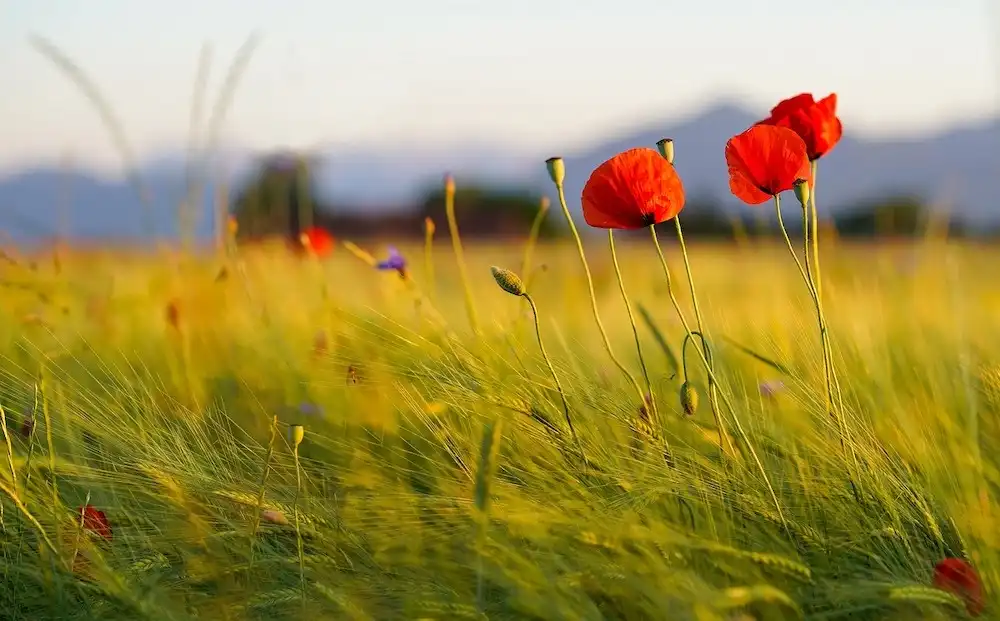
Planting flowers beside food crops on farms in India attracts bees, boosts pollination and improves crop yield and quality, researchers have found.
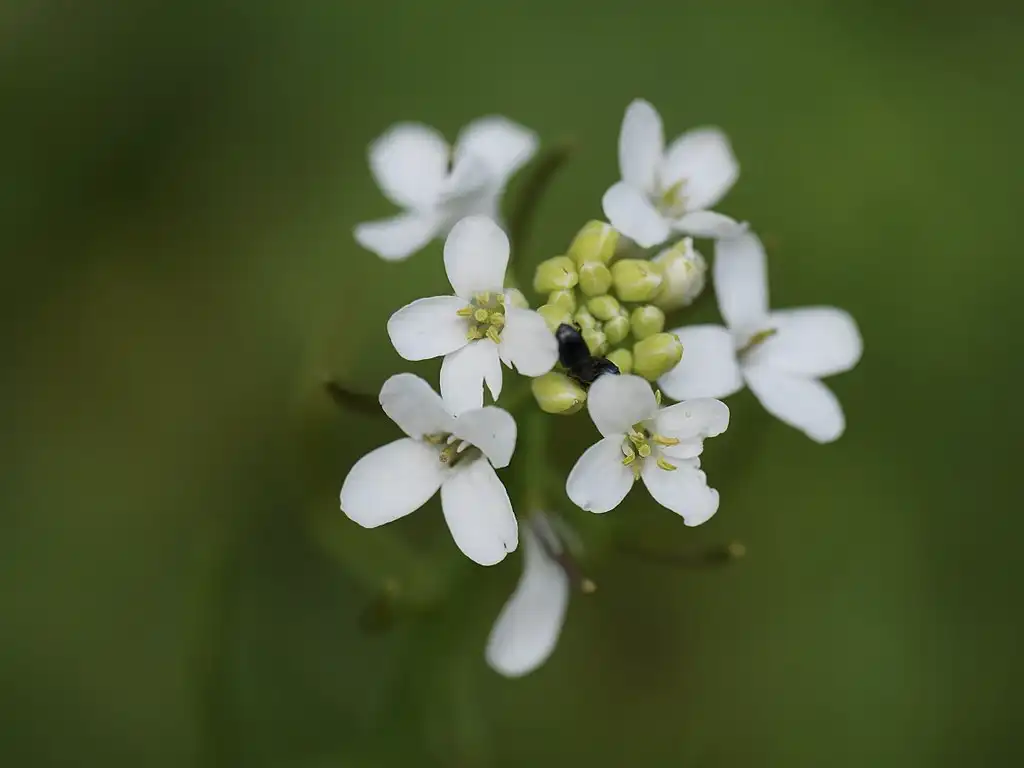
A new study unveils the intricate organization and regulation of ribosomal RNA genes within the complete nucleolus organizer regions (NORs) of Arabidopsis, the first plant with a fully sequenced genome. The research identifies over 70 gene subtypes distributed between NOR2 and NOR4, shedding light on their activation and silencing patterns. The findings, crucial for comprehending NOR epigenetic control, hold broad biomedical relevance and offer a platform for future investigations into NOR evolution.
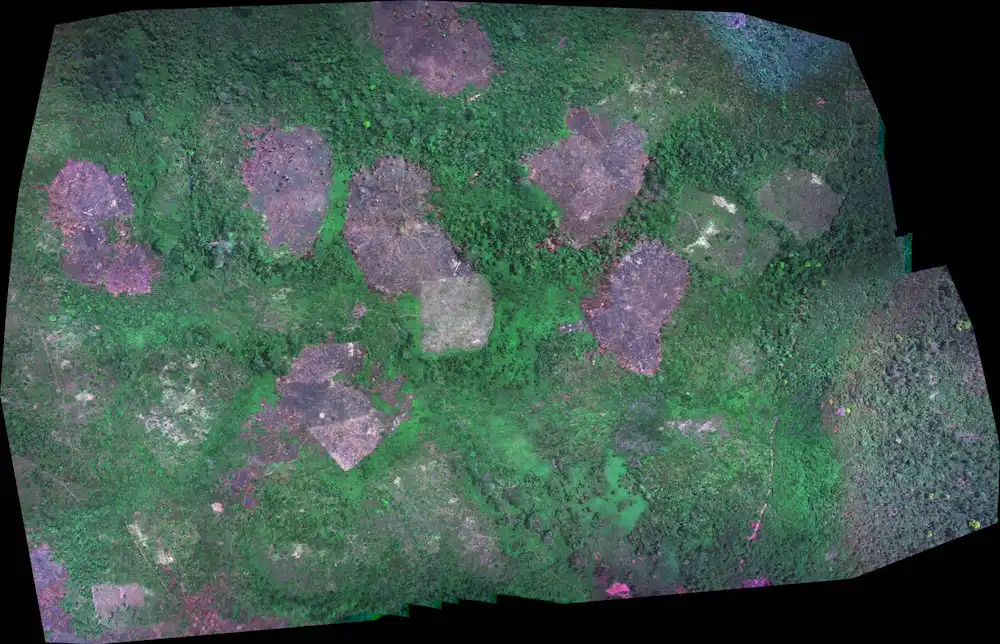
The slash-and-burn agriculture practiced by many Indigenous societies across the world can actually have a positive impact on forests, according to a new study done in Belize.
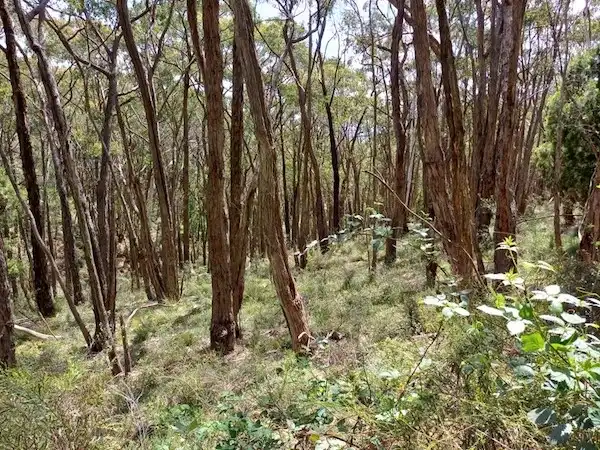
With land clearance, bushfires, weeds and climate change, small pockets of native vegetation are important for future plant and animal conservation – but do plants in small reserves struggle with reduced habitat for both plants and their pollinators?

An international team of scientists has created a tool that can aid in increasing climate awareness and climate action globally by highlighting messaging themes shown to be effective through experimental research.

A research team has tested six psychological interventions to combat climate misinformation. It shows how difficult it is to combat these messages, which are resistant to scientific information.